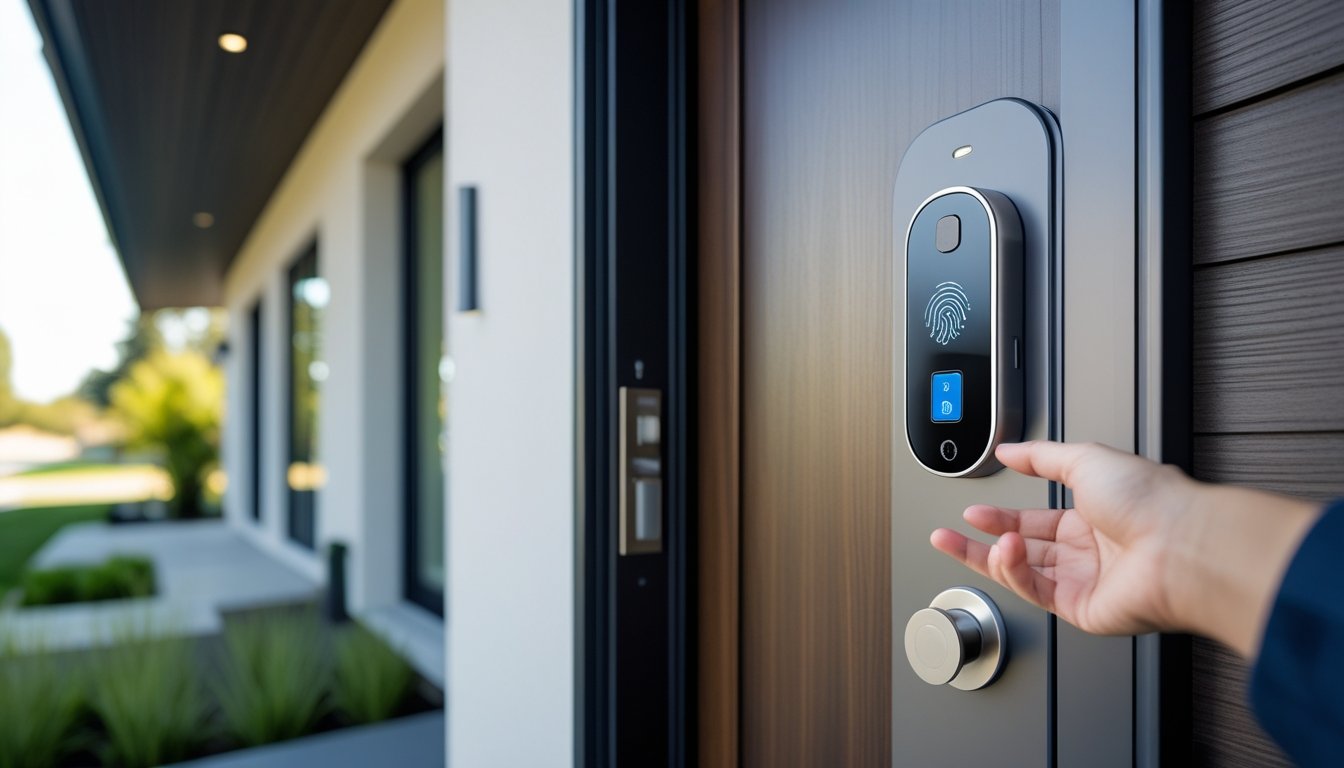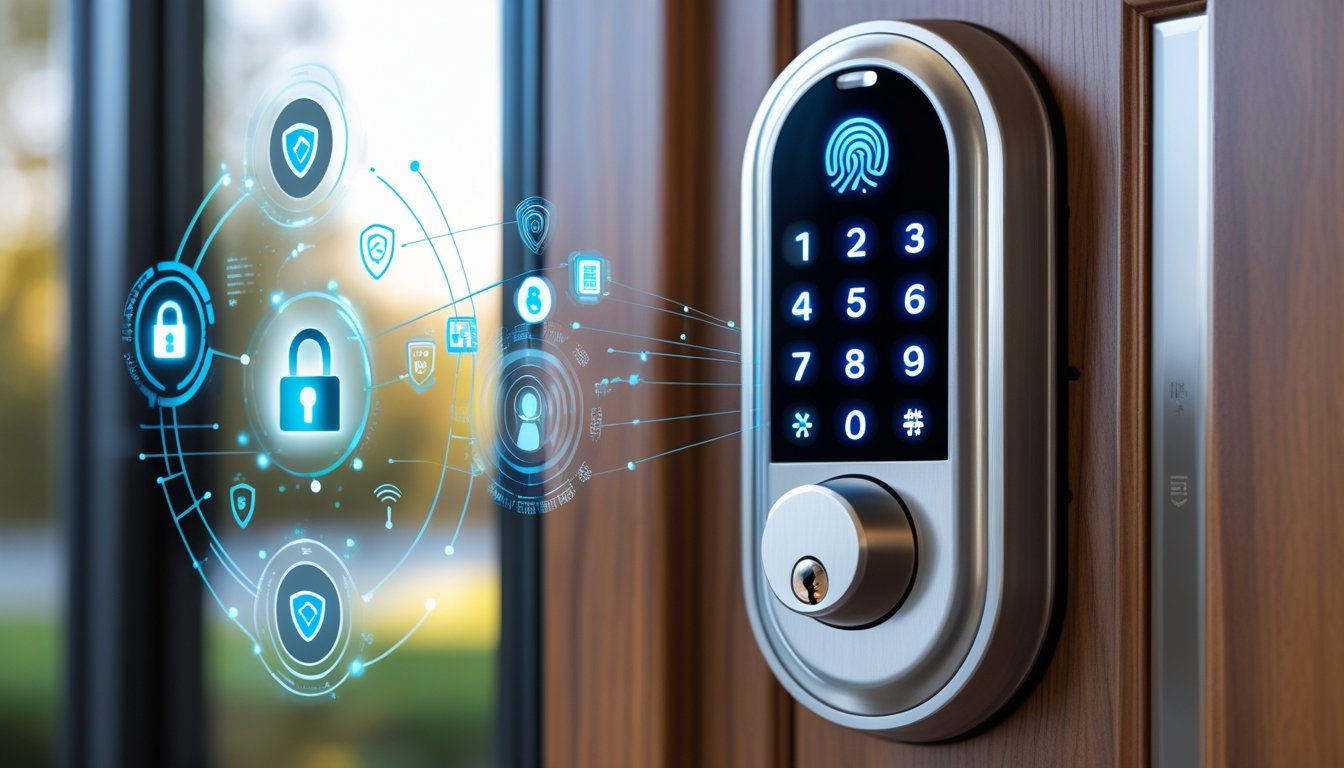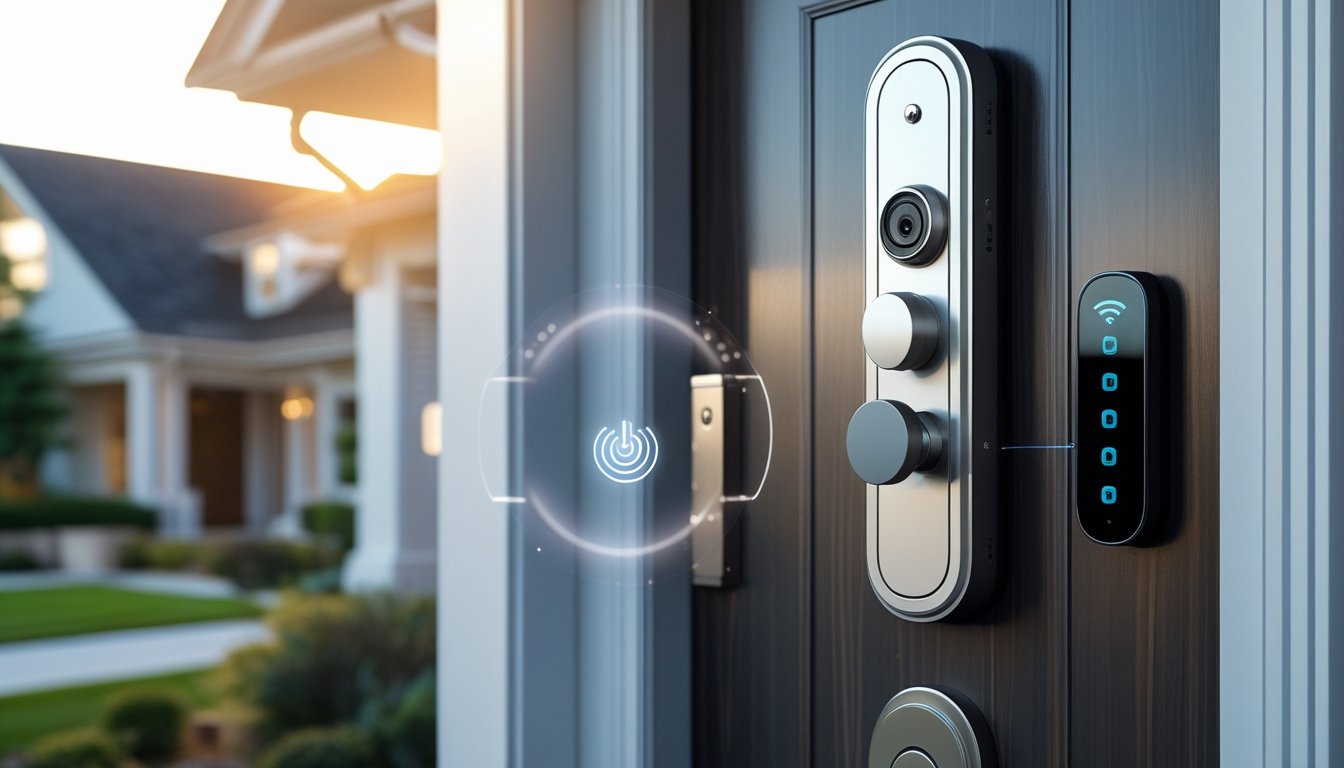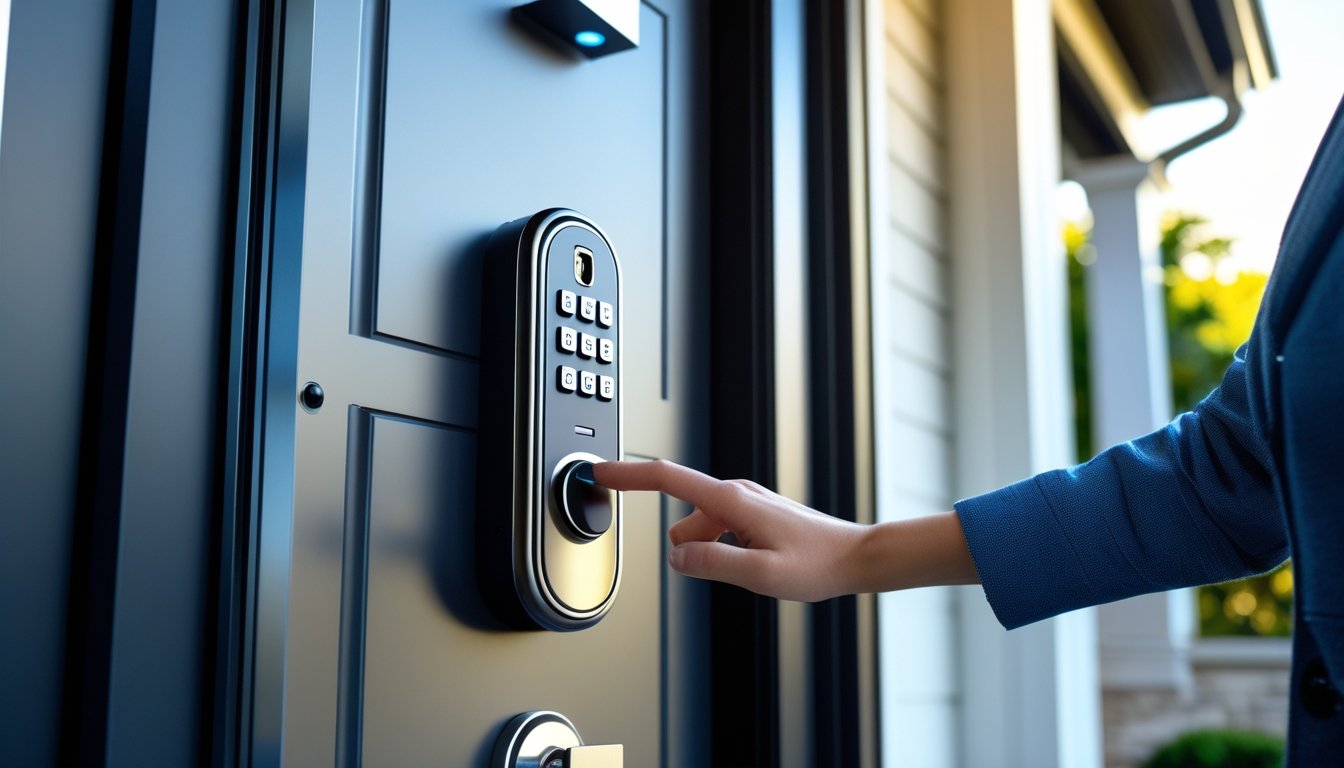Late updated: 15 Aug 2025 08:08
Written by: Elena Prescott
Exploring Modern Home Lock Innovations: A Guide to Enhanced Security Systems
Technology is transforming how we secure our homes. As we stand on the edge of a new era in home security, modern lock systems are becoming smarter, more intuitive, and seamlessly integrated with our daily lives. Today’s locks offer more than just security; they provide a blend of convenience, style, and cutting-edge technology that aligns with our need for both safety and sophistication.

We've entered a world where locks don't just keep out intruders but also enhance our living experience. From biometric authentication to smart connectivity, the fusion of technology and security in innovations is reshaping what we expect from our home locks. The potential for remote access and integration with other smart home devices adds a layer of convenience that was previously unimaginable.
Let's explore how these innovations not only keep our homes secure but also integrate with comprehensive home security systems to provide a holistic solution. Our exploration will ensure you are well-informed as you consider upgrading your home’s security in this exciting new landscape.
Key Takeaways
- Modern locks combine security with advanced technology
- Smart connectivity is revolutionising access control
- Innovations integrate with comprehensive home security systems
Core Innovations in Modern Home Locks

The landscape of home security has transformed with significant advancements in lock technology. Among these, smart lock technology, biometric security, and keyless entry systems have emerged as pivotal innovations, each offering unique benefits in convenience and safety.
Smart Lock Technology and Remote Access
Smart locks provide a new level of convenience by allowing us to manage access to our homes directly from our smartphones. Through a dedicated app, we can lock or unlock doors remotely, ensuring peace of mind when we are away. Integration with AI and virtual assistants like Amazon Alexa or Google Assistant further enhances usability, letting us control locks using voice commands.
The installation of smart locks typically involves replacing traditional lock sets with electronic ones. We gain not just remote control but also the ability to monitor our door lock status and receive alerts for any unauthorised access. This technology enhances the security layers of our homes significantly, making it a cornerstone of modern security solutions.
Biometric Security: Fingerprint and Facial Recognition
Biometric security has introduced an era where physical keys are becoming obsolete. Fingerprint and facial recognition systems in locks leverage unique physiological features as access credentials. The precision of these systems ensures only authorised individuals gain entry, reducing the risks associated with lost keys or PIN theft.
Fingerprint recognition is often integrated into door locks, providing a quick and secure entry method. Facial recognition, although less common, offers a hands-free experience. As these technologies evolve, they deliver robust security while maintaining user convenience. We can expect future innovations to continue improving speed and accuracy, making homes even more secure.
Keyless Entry Systems and PIN Codes
Keyless entry systems have reshaped traditional access methods, using PIN codes instead of physical keys. This shift simplifies access management, as codes can be generated or changed easily without needing physical replacements. Families and trusted visitors are given unique PIN codes, allowing precise control over who enters our homes.
Many modern systems combine keyless entry with other technologies. For example, a door lock might support both a PIN code and biometric authentication, enhancing security levels. These advancements reflect our growing need for secure, user-friendly entry solutions that align with digital lifestyles. The flexibility of keyless systems echoes a shift towards a seamlessly integrated home security ecosystem.
Integrating Modern Locks with Comprehensive Home Security

Incorporating modern locks in a fully-fledged security system offers seamless control and robust protection. From integration with home automation systems to the crucial role manufacturers play in these advancements, let's examine key aspects of this integration.
Home Automation and Device Integration
Smart locks, often at the core of home security innovations, work harmoniously with various smart home systems. By connecting locks to home automation platforms, we can create scenarios where doors lock automatically when we depart or unlock them as we arrive. This ensures convenience and adds a layer of security that traditional locks cannot match.
Synchronising with security cameras and alarm systems enables a more coordinated approach. Visitors are not only visually logged but also granted access remotely, if necessary. The compatibility with voice assistants like Alexa or Google Assistant allows us to control locking systems with simple voice commands, placing control at our fingertips.
Access Logs and Security Monitoring
Modern locking systems excel in real-time monitoring. Through access logs, we gain insights into who entered our home and when they did so. These logs are accessible via smartphone applications, making it convenient to monitor home security activities from anywhere.
The integration with other monitoring systems enhances security measures. For instance, if an unauthorised access attempt occurs, these systems can trigger alarms or alert homeowners directly through apps. This means we're always informed of any potential security breaches, providing peace of mind through enhanced visibility.
Role of Lock Manufacturing in Advancements
Manufacturers have been pivotal to the evolution of lock systems. By focusing on cutting-edge materials and advanced engineering, they've developed products that are both durable and secure. The innovation doesn't stop at physical locks; manufacturers also ensure robust encryption protocols for data protection, critical in preventing unauthorised digital access.
Collaboration among manufacturers and home tech firms is vital. By working together, they've been able to design interoperable devices that fit seamlessly into smart homes. The meticulous attention to quality and efficiency not only enhances our safety but also accelerates the adoption of these modern offerings in homes worldwide.
Frequently Asked Questions

In modern home security, innovative lock technologies offer enhanced safety and convenience. Smart locks and biometric systems stand out, providing advanced features for security-conscious homeowners.
What are the latest advancements in biometric home security locks?
Biometric locks now include facial recognition and improved fingerprint sensors for greater accuracy. These advancements ensure that only authorised users gain access, significantly enhancing security. Increased integration with smart home systems is also a feature, streamlining security management.
How do smart locks enhance home security compared to traditional locks?
Smart locks offer features like remote access, real-time notifications, and activity logs. This level of control and insight is unavailable with traditional locks. Homeowners can monitor and manage entry points using smartphones, enhancing both security and convenience.
What features should I consider when choosing a double-sided smart lock?
When selecting a double-sided smart lock, compatibility with existing doors is crucial. Look for locks offering robust encryption, user-friendly interfaces, and compatibility with smart home devices. Battery life and backup solutions are important for continuous functionality.
Are there any privacy concerns associated with using fingerprint door locks?
Fingerprint locks raise privacy concerns due to data storage and potential breaches. It's vital to choose locks with strong encryption and privacy policies. Storing data locally rather than in the cloud can further mitigate these concerns.
Can modern home locks be integrated with other smart home devices?
Many modern locks offer integration with smart home ecosystems. This capability allows for cohesive security management, enabling automation features. Users can sync locks with cameras, alarms, and voice assistants for expanded control and monitoring.
What are the best practices for maintaining and securing smart locks?
Regular firmware updates keep smart locks secure from vulnerabilities. Cleaning sensors and preventing battery depletion are key to maintaining functionality. Strong, unique passwords and enabling two-factor authentication enhance overall lock security.
